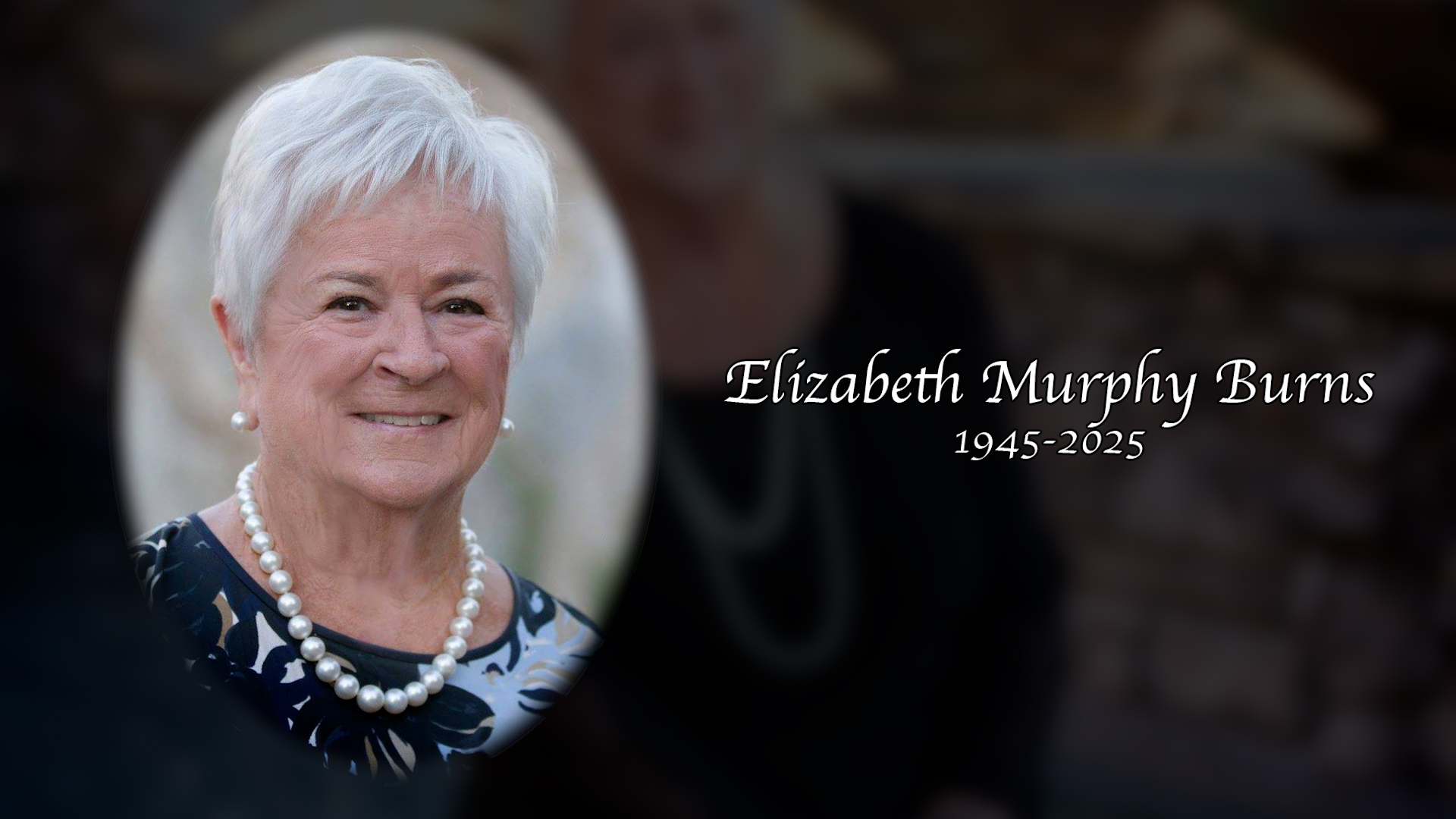Final ThoughtScaling Resolution Peak
At April's NAB convention, DALSA showed its new Origin digital-cinematography camera. At the introductory party the pictures seemed nicely detailed, but in the company's exhibit booth they were amazing!
What was the difference? At the party, the images were projected; in the booth they were shown on an ultra-high-resolution direct-view display.
Perhaps more significantly, in the booth there was a direct pixel-to-pixel relationship between the image sensor in the camera and the LCD display. That didn't exist in the projection. A direct pixel-to-pixel relationship between camera and display almost never exists anymore in any television system.
Once upon a time, we were shafted. That was a good thing. Perhaps a little explanation is in order.
It's generally accepted that the first video image of a recognizable human face appeared in 1925. The television pioneer involved, John Logie Baird, used a mechanical TV apparatus involving spinning perforated disks. The camera was in one room and the display in another. As Baird had yet to come up with a good synchronization mechanism, a rotating shaft connecting the camera to the display passed through a hole in the wall.
Baird's shafted spinning disks gave way to synchronized electron beams in vacuum tubes, and although there was no longer any physical shaft, the concept of locking camera to display continued through a virtual shaft. Whatever the electron beams in camera tubes did, electron beams in picture tubes matched perfectly, as though they were mechanically connected.
That shafted relationship began to deteriorate in the 1980s. Unlike tube cameras that generated signals based on the light that had landed on their image-sensor surfaces up to the moment that the electron beam passed by, solid-state cameras, like film cameras, captured complete frames at once. Then they turned those full frames into scanned video signals.
The mismatch between the full-frame capture of a chip camera and the gradual scanned presentation of a picture tube went largely unnoticed. Someone wiggling a camera back and forth at a trade show might remark about how a table leg seemed rubbery, but nothing seriously affected viewers.
Another deterioration of the shaft effect was the introduction of LCD TVs beginning in 1983. The tiny screens might have had as few as 160 active pixels per line and 120 active lines, necessitating conversion of incoming signals to the substandard format, but viewers didn't watch pocket TVs for the highest picture quality.
Twenty years later, today's viewers are turning to high-technology displays-plasma, LCD, DLP, etc.-for the finest image quality. The displays are certainly better. But there's a problem. Consider just widescreen plasma displays. They come in a range of screen resolutions, but only one (1280 x 720) matches any existing video standard, and it's one of the least used standards (and rarest plasma-panel resolutions).
LCD? In a 16:9 world, many top-of-the-line models are 15:9. DLP? Texas Instruments' latest "Matterhorn" mirror chip is 1024 x 576, not matching any existing video standard.
In the grand scheme of things, these mismatches aren't the end of the world. Whether it's called scaling, format conversion, or scan conversion, the circuitry needed to transform a standard video signal into something that matches a display is readily and inexpensively available. But video loses something in the translation, as the difference between the scaled projected DALSA Origin images and the pixel-matched images at NAB showed.
On the other hand, locking cameras and displays to a single pixel-matched standard-any standard-can stifle progress. Consider the world's first video standard-405 scanning lines per frame at 25 frames per second-adopted in Britain in 1937.
TV broadcasting in the Netherlands didn't begin until 1951, but it had 625 lines. Britain started to switch to 625 in 1964, but it took another 21 years to turn off 405-line broadcasts. Of course, 405-line video was once called HDTV.
Mark Schubin is an engineering consultant with a diverse range of clients, from the Metropolitan Opera to Sesame Workshop.
Get the TV Tech Newsletter
The professional video industry's #1 source for news, trends and product and tech information. Sign up below.
